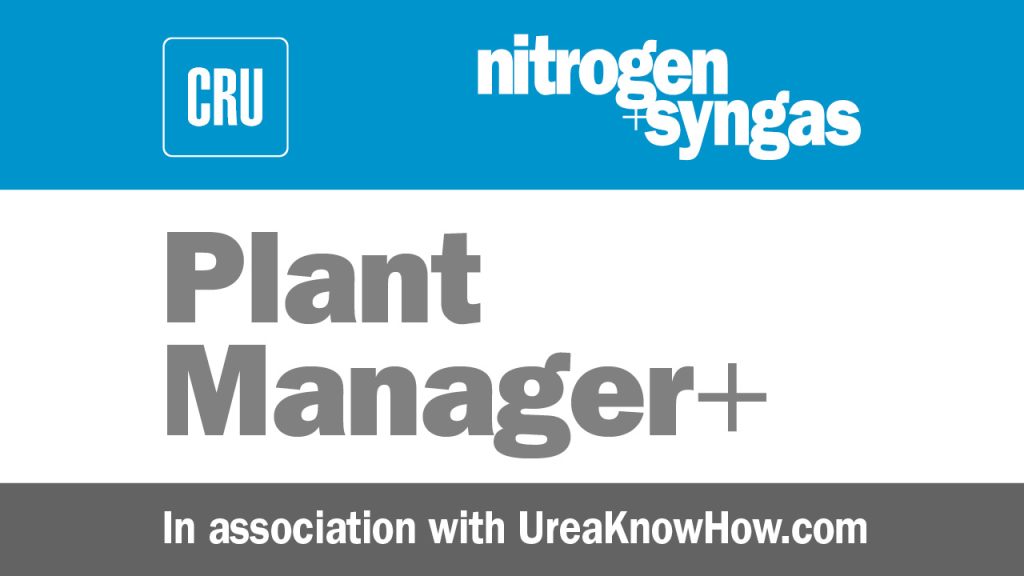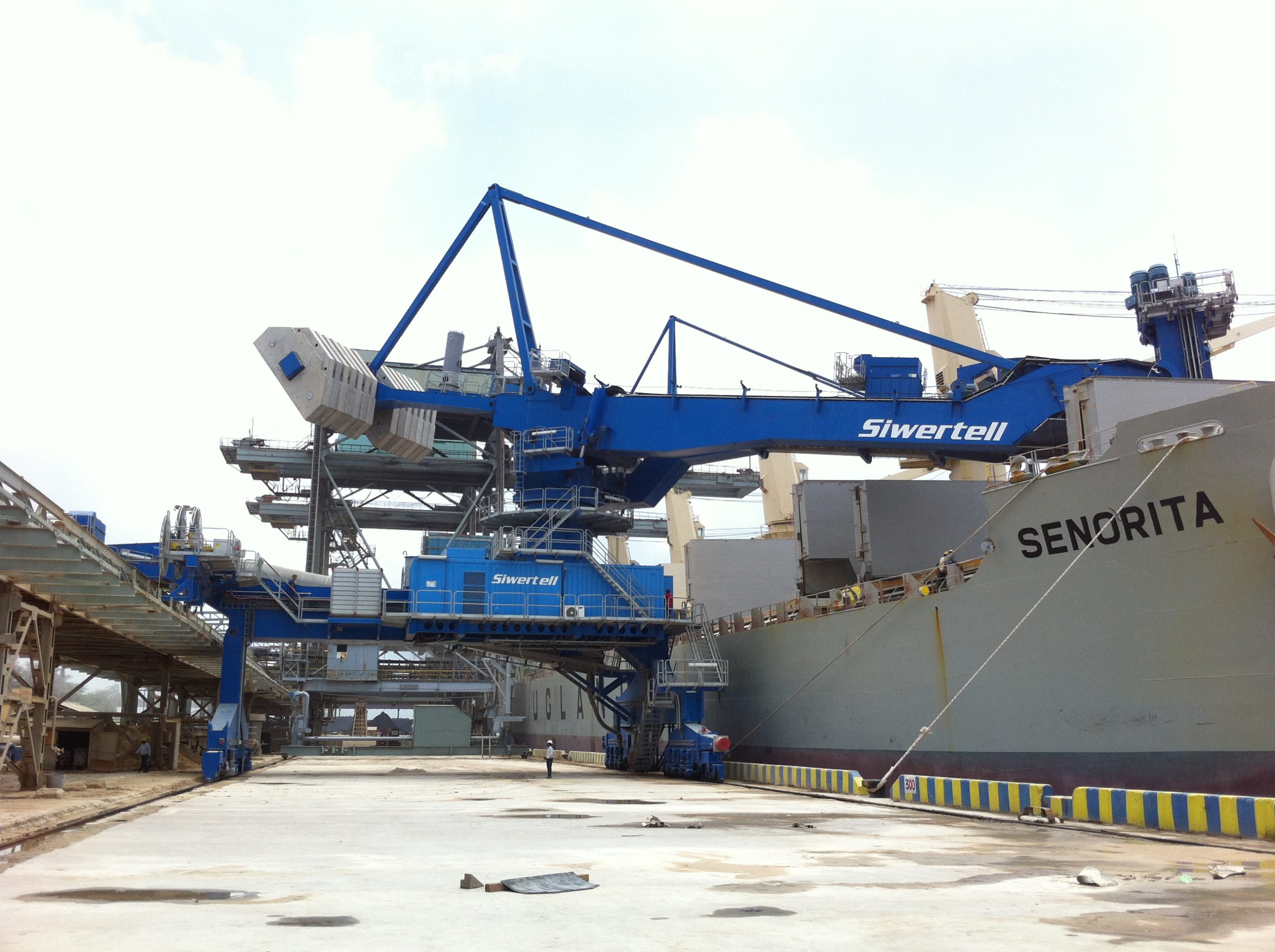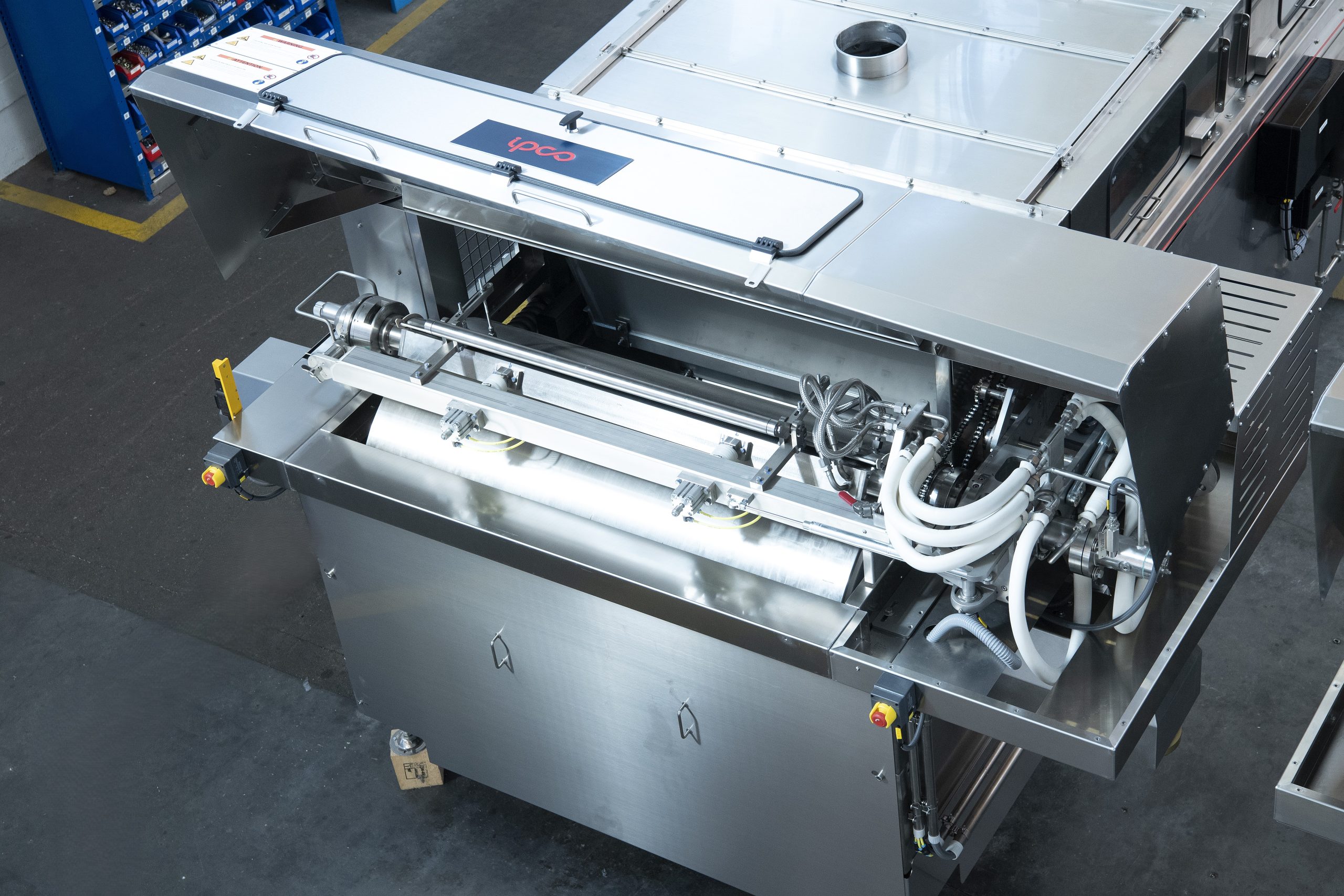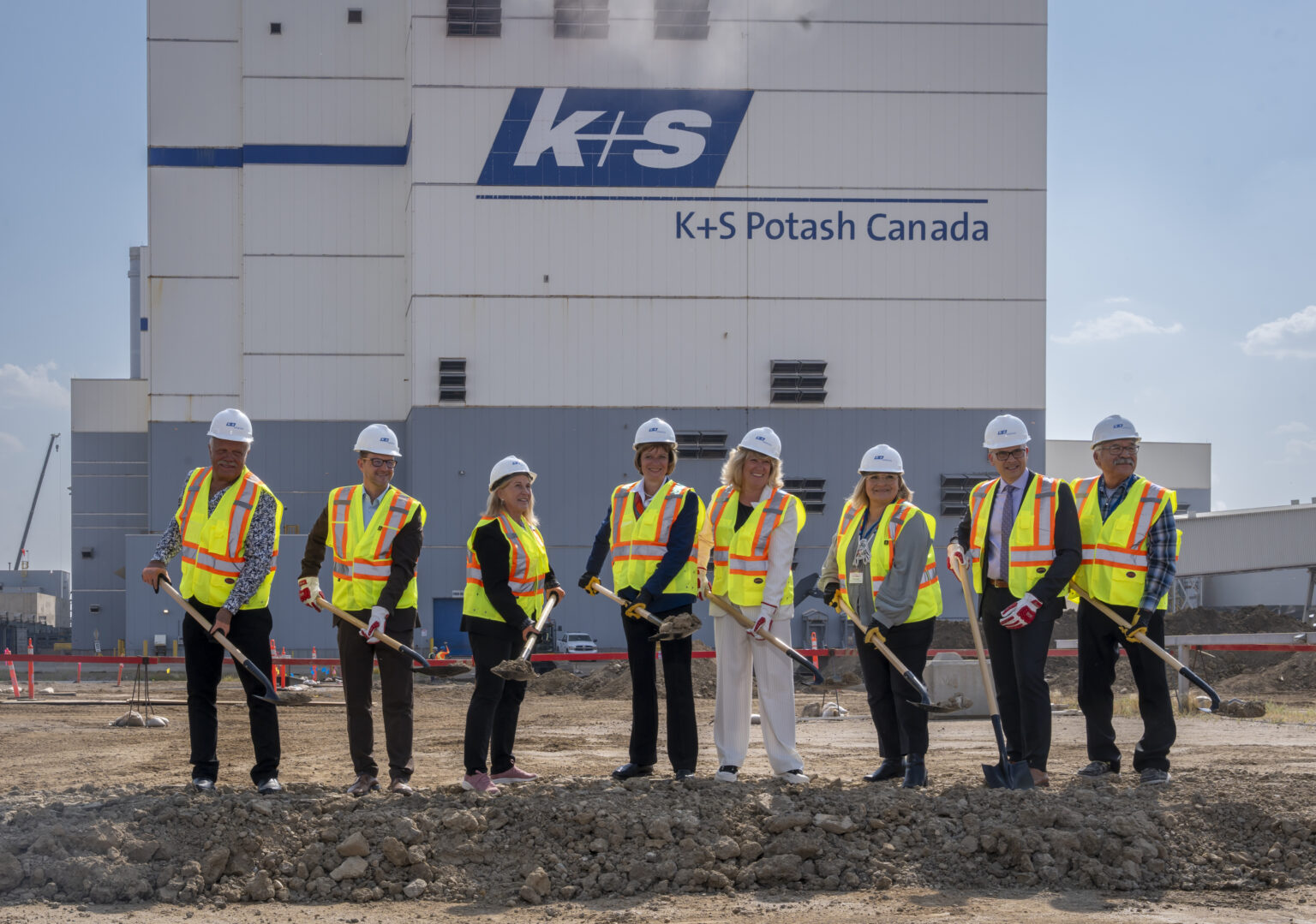Nitrogen+Syngas 318 Jul-Aug 2012

31 August 2012
Problem No. 13: 3-Way valves in urea melt lines
In nearly all urea plants, urea and water is separated in an evaporation or concentration section at vacuum pressures. The urea melt can have a concentration of 99.6 wt-% when the urea melt is sent to a prilling tower or a Sandvik Process Rotoformer or a somewhat lower concentration when a granulation technology is applied.
Obviously it is important to control the temperature of the urea melt just above the crystallisation temperature in order to maintain it in liquid condition. On the other hand, when the temperature is too high several negative side reactions in the urea melt occur, resulting in higher biuret contents in the final product and higher ammonia and urea dust emissions from the finishing section.
Therefore, urea melt lines are typically jacketed pipes and the pressure of the steam in the jacket is controlled by the required urea melt temperature. Urea melt pumps and 3-way valves (at the suction and discharge side of the urea melt pumps and just upstream of the prilling bucket) function in a challenging environment: handling a process liquid close to its crystallisation temperature while at the same time proper sealing is vital. The picture shows the sealing challenges of a traditional urea melt pump. Fortunately, successful innovations are available that provide a reliable solution.

Mr Mark Brouwer of UreaKnowHow.com initiates a discussion about experiences with 3-way valves in urea melt lines: In several urea plants, 3-way valves in urea melt lines have experienced leakage problems.

Damage of the typical PTFE coated plug or ball valves can be caused by 1) overheating (welding the valves in the line during construction, using too high pressure steam) causing damage to the PTFE coating and/or 2) solids causing damage to the PTFE coating. Solids can originate from urea crystals/biuret when tracing/insulation is not properly applied, and also from the urea solution recycle (dissolved waste urea), which may contain, for example, sand. When this recycle is not sent to the urea solution tank but is sent directly to the evaporators, these solids reach the 3-way valves of the melt pumps. Installing proper filters in the urea recycle line is a good suggestion.
Please share your experiences with 3-way valves of urea melt pumps:
- What are your experiences with 3-way valves in urea melt service?
- Which type have provided a good experience?
- Do you have flush connections in the valve?
- Do you have coated valves?
Mr Girish Prakash of Tata Chemicals Ltd In Brabala, India replies: We have faced this situation many times, sometimes even immediately after valve replacement. However, no definitive reason could be attributed to it.
Mark asks for further clarification: Did you see the damage to the PTFE coating? Do you have any pictures? How you handle the urea recycle?
Mr S.K. Gupta of IFFCO in India contributes to the discussion and shares his valuable experiences: We have 3-way valves in the urea melt discharge line at the top of the prilling tower supplied by Parcol of Italy. We have also faced problems with leaking of this valve. It is a ball type valve (ball made of steel) with ports. The seating surface is glass filled PTFE. Because of its compact size and hence reduced seating surface area, any scratch in the seating PTFE results in leaking of the valve. As crystallised urea at the surface of the ball may damage the seating PTFE, we ensure that steam in the control valve body jacket is always on and auto steam flushing system for the downstream lines works as per the sequence defined in interlock. On many occasions we have observed that leaking of the valve increases when the urea solution is lean i.e. when taking the vacuum in the 1st and 2nd stage evaporation at initial startup. Once the urea solution is almost 100% pure and ready for prilling the leaks stop; maybe because now the leakage path is blocked.
After dismantling the leaking valve we find scratches in the PTFE, sometimes part of the PTFE is also blown. Proper fixing of the PTFE seating ring, ensuring a urea melt free of any foreign particles and no crystallisation of urea melt at the face of the ball will certainly reduce the risk of the valve leaking.
Girish replies to Mark’s questions: We do not have any pictures but we have observed twisted seats. The urea solution recovery is through filters.
Mark asks for more clarification:
- What do you mean by a twisted seat?
- Do you mean that the seat no longer fitted correctly in the body?
- What was the cause of the twist?
- Did you see damage to the PTFE coating?
- What is the mesh of the filters you use in the urea solution recycle?
Girish comes back with more answers: It didn’t fit in the body anymore. The PTFE coating was damaged. Lately we started using micron filters (similar to the ones used in GV solution filtration system). The number of incidences before and after using these filters has not been recorded.
Mr Muhammad Farooq of Agritech in Pakistan shares his valuable experiences: We have installed a 3-way valve at the inlet of prilling basket and have never faced any problems in 13 years of operation. The valve is from Fisher, Type-YD.
Its features are:
- Economy – balanced valve plug construction in the Type YD design permits use of smaller, lower-cost actuators. A single one-piece valve accommodates both trim designs and uses Fisher easy-e bonnets, gaskets, and packing, thus cutting spare part inventory costs.
- Excellent sealing capabilities – the Enviro-Seal packing system option is available. This packing system provides excellent sealing, guiding, and loading force transmission. The Eniviro- Seal packing systems features PTFE, graphite ULF, or Duplex packing with live-loading for reduced packing maintenance.
Mr Salam M. Malih of North Fertilizer Co. in Iraq poses a very practical question: We want to buy 3-way valves for the suction and discharge of the urea melt pumps. Who is the best manufacturer of these valves and which is the best metal for this purpose?
Mr FA Khan of FFCL in Pakistan shares his experience: You can buy AZ Armaturen or Xomox valves for this service.
Mark summarises the discussions: The discussion above has resulted in the identification of several problems related to 3-way valves in urea melt applications. Solutions to the problem and several vendors were recommended to improve the reliability of 3-way valves in urea melt applications.
In order to ensure that no crystallisation will occur in the 3-way valve and at the same time guarantee easy maintenance of the valve, I further suggest applying the ControHeat bolt-on jackets developed by Controls Southeast Inc. (CSI) for a reliable solution, which requires lower investment and operating costs. CSI also has a ControTrace product as a lower cost alternative for a jacketed pipe (more info at www.csiheat.com). Further, for a reliable urea melt pump I would recommend you seriously consider the Bungartz hydrodynamic sealed melt pumps (more info at www. bungartz.de). Please note these products can also be applied for ammonium nitrate melt applications.
| This series of discussions is compiled from a selection of round table topics discussed on the UreaKnowHow.com website. UreaKnowHow.com promotes the exchange of technical information to improve the performance and safety of urea plants. A wide range of round table discussions take place in the field of process design, operations, mechanical issues, maintenance, inspection, safety, environmental concerns, and product quality for urea, ammonia, nitric acid and other fertilizers. |






